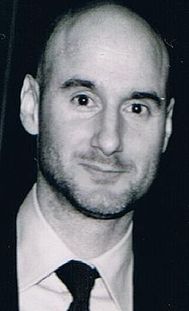Some articles are joys to write, and they’re not necessarily the ones that write themselves (which are usually news articles). For me, one example is in today’s Wall Street Journal: it’s a “Masterpiece” column I wrote on Adam Elsheimer’s The Flight Into Egypt.
 It was a pleasure to write simply because I knew that when I finished, this painting — which is not very well known in the United States — would be seen by so many more people, at least in the paper and on the web (the picture on the WSJ site is, unfortunately, too light, so washed out that the moon is invisible).
It was a pleasure to write simply because I knew that when I finished, this painting — which is not very well known in the United States — would be seen by so many more people, at least in the paper and on the web (the picture on the WSJ site is, unfortunately, too light, so washed out that the moon is invisible).
Only one U.S. museum, the Kimbell, owns a painting by Elsheimer. It’s a daytime version of the flight into Egypt, a much inferior one, judging from its representation on the web. (It may just be better in person, I don’t know.) So it’s a fair bet that only people who’ve studied art know him.
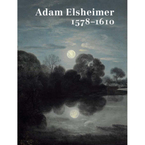 In truth, I didn’t know about the painting until Eric Gibson, the Leisure and Arts editor at the WSJ, suggested that I see it when I was in Munich last fall. I had already pretty much committed to writing a Masterpiece about Albrecht Altdorfer’s Battle of Issus, which was published on Jan. 2 (I blogged about it here and again about Altdorfer here). Eric directed me to the Elsheimer, too. It’s not easy to find, as I write — it’s in a little cabinet gallery at the Alte Pinakothek, just a few feet from galleries filled with gigantic works by Rubens et. al. You might easily miss it, because it looks very dark from afar. Its beautiful blue sky, with the Milky Way, has to be seen upclose.
In truth, I didn’t know about the painting until Eric Gibson, the Leisure and Arts editor at the WSJ, suggested that I see it when I was in Munich last fall. I had already pretty much committed to writing a Masterpiece about Albrecht Altdorfer’s Battle of Issus, which was published on Jan. 2 (I blogged about it here and again about Altdorfer here). Eric directed me to the Elsheimer, too. It’s not easy to find, as I write — it’s in a little cabinet gallery at the Alte Pinakothek, just a few feet from galleries filled with gigantic works by Rubens et. al. You might easily miss it, because it looks very dark from afar. Its beautiful blue sky, with the Milky Way, has to be seen upclose.
For an Elsheimer exhibition in 2006, the National Galleries of Scotland used a detail from the painting for the catalogue cover. Looks like a complete work, doesn’t it?
Here’s a link to today’s article.


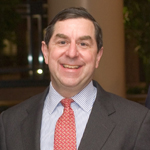 For now, I’m simply going to send you to my article in the section, “
For now, I’m simply going to send you to my article in the section, “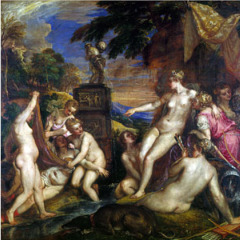 My story is pegged to the High’s recent deal with the National Galleries of Scotland, which will bring two great Titians plus other Venetian masterpieces to Atlanta next fall. Shapiro — now very attuned to the idea of partnerships — explains how many other people were at the same meeting of the Bizot group where he learned of the need of John Leighton, director of the NGS, to raise as much as £50 million to save a Titian, Diana and Callisto, at left, from being sold. Shapiro was the only one to approach Leighton.
My story is pegged to the High’s recent deal with the National Galleries of Scotland, which will bring two great Titians plus other Venetian masterpieces to Atlanta next fall. Shapiro — now very attuned to the idea of partnerships — explains how many other people were at the same meeting of the Bizot group where he learned of the need of John Leighton, director of the NGS, to raise as much as £50 million to save a Titian, Diana and Callisto, at left, from being sold. Shapiro was the only one to approach Leighton.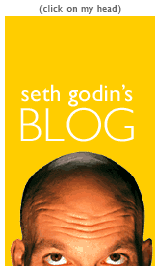 So I was delighted this morning when I opened my You’ve Cott Mail to find that Thomas Cott had linked to a blog post by management expert Seth Godin titled “Driveby culture and the endless search for wow.”
So I was delighted this morning when I opened my You’ve Cott Mail to find that Thomas Cott had linked to a blog post by management expert Seth Godin titled “Driveby culture and the endless search for wow.” 